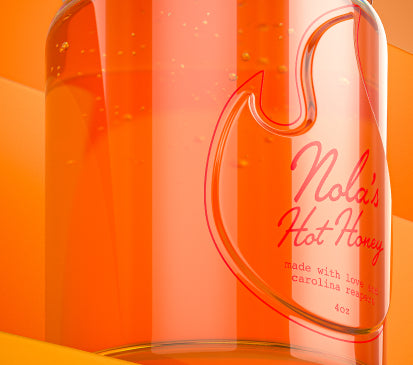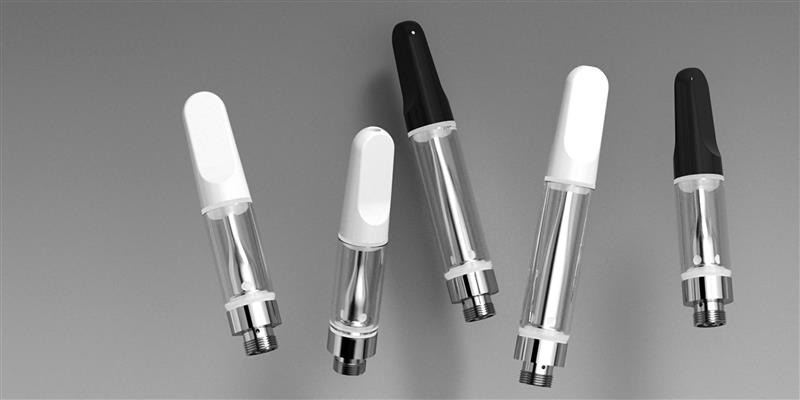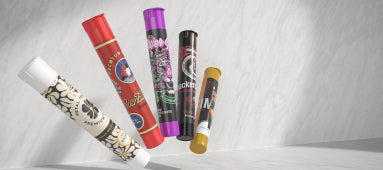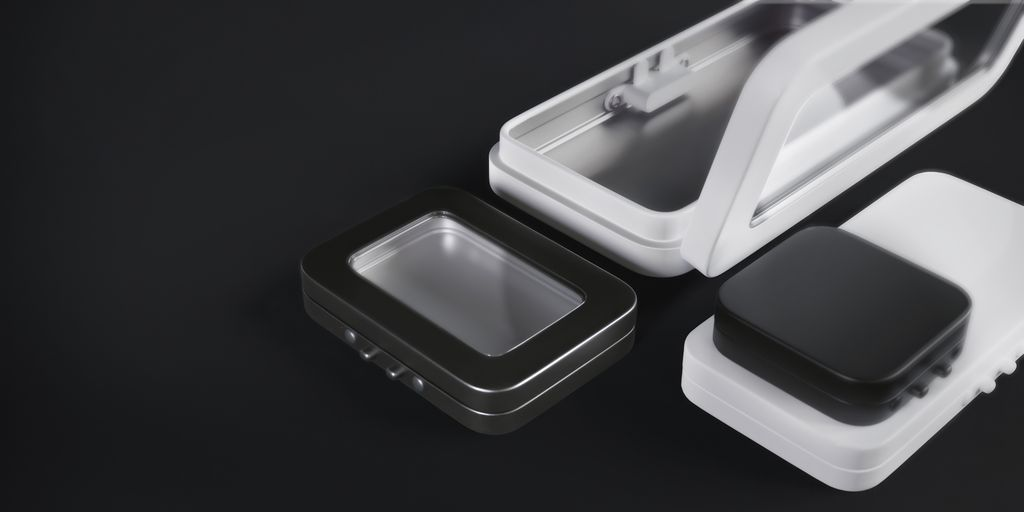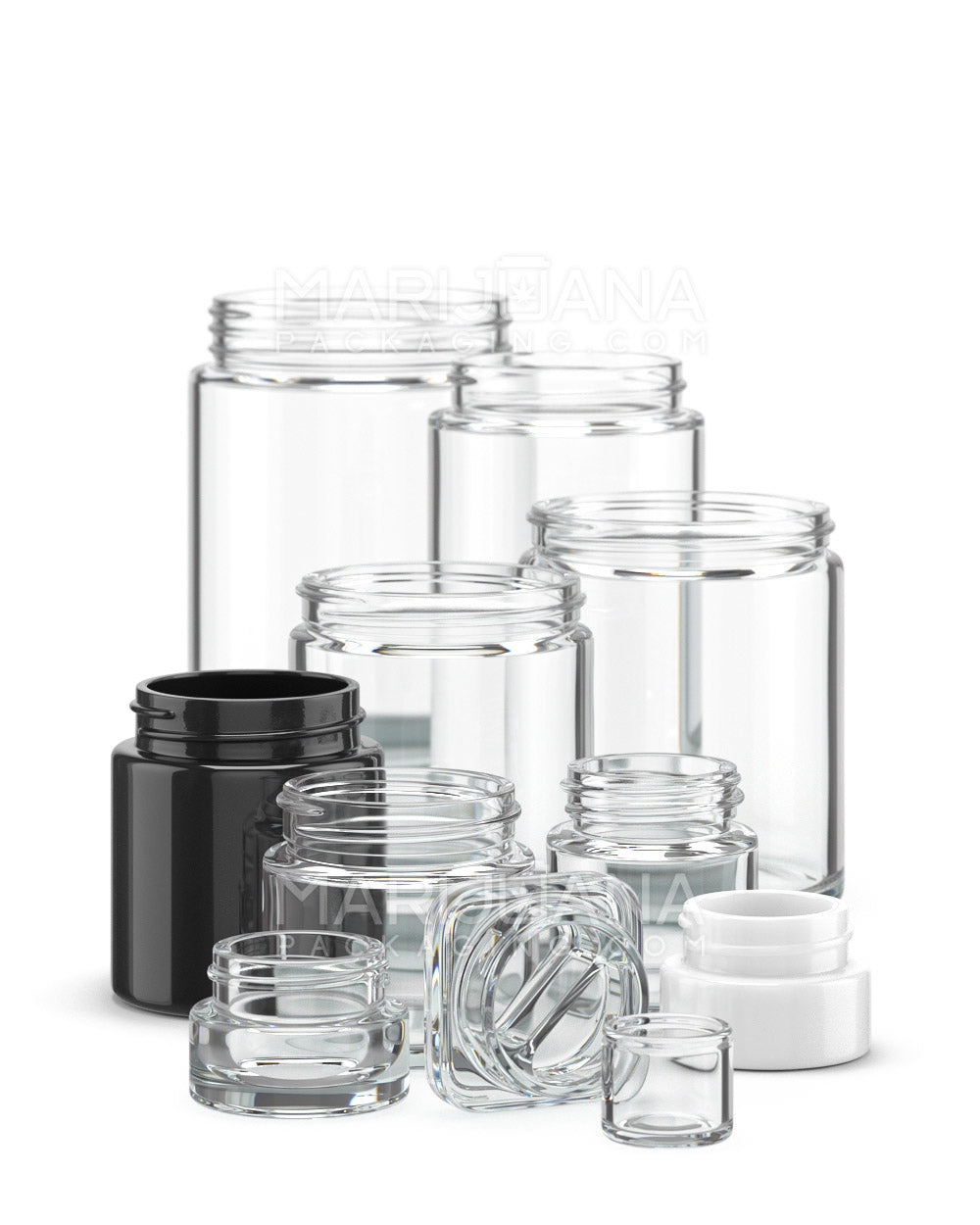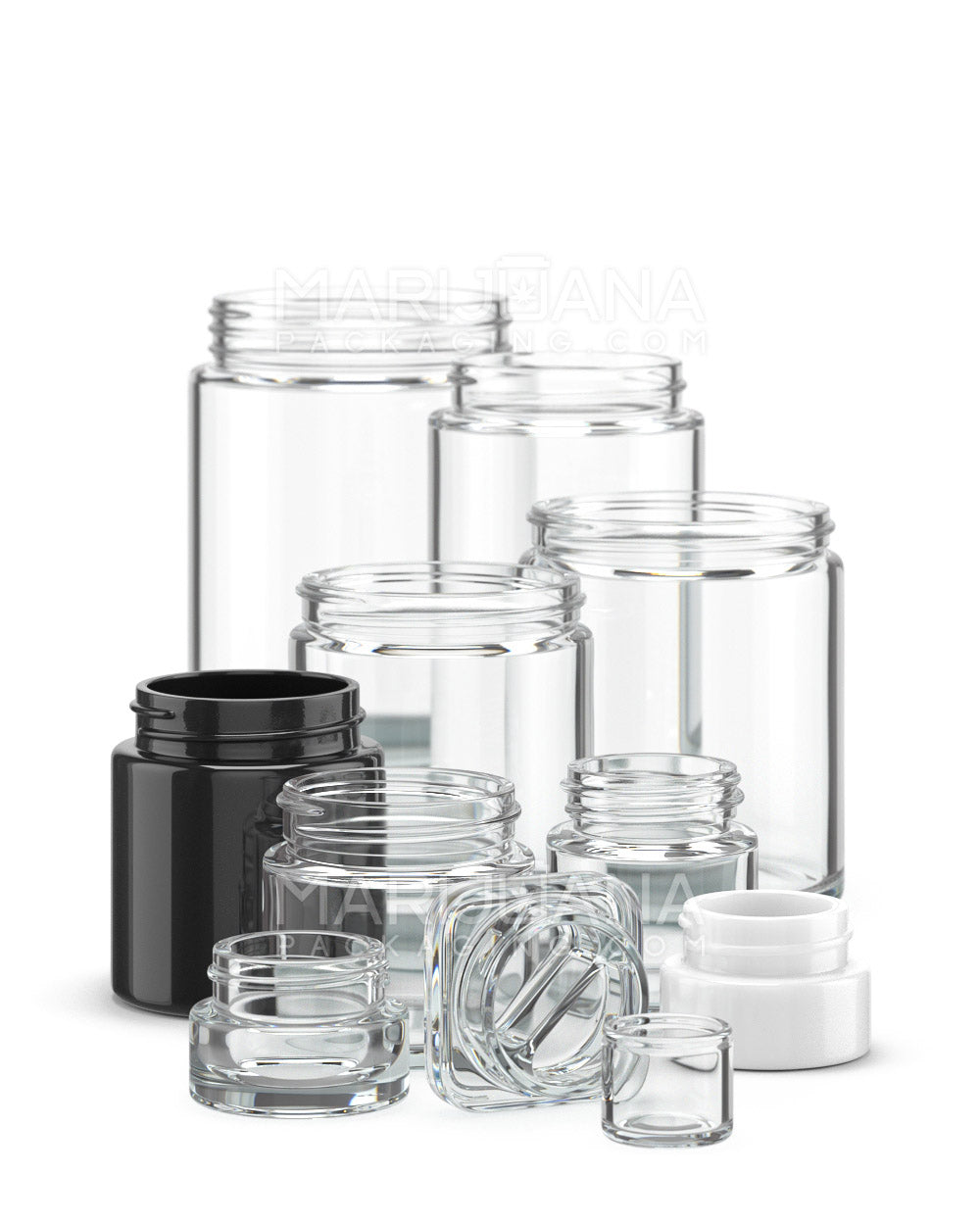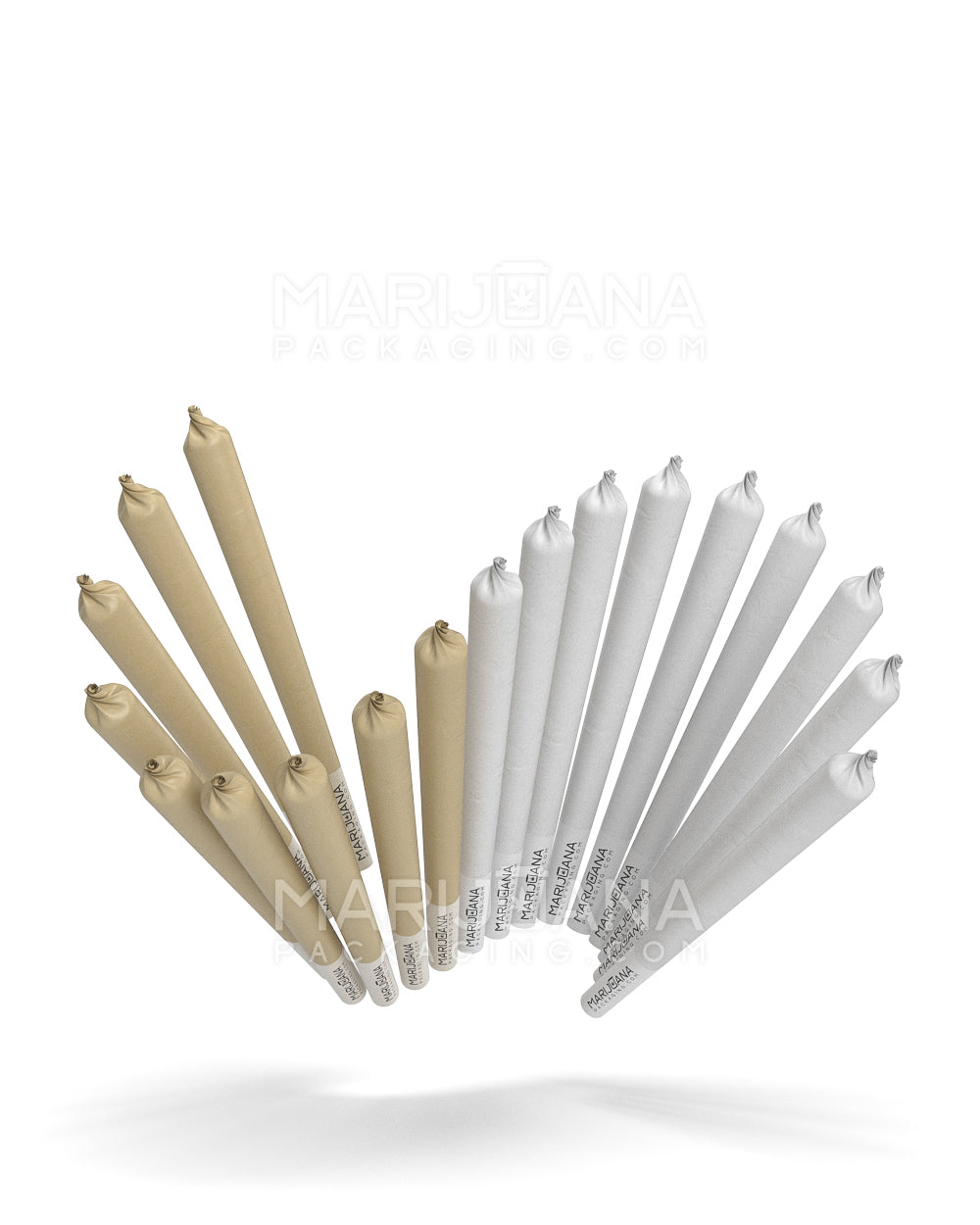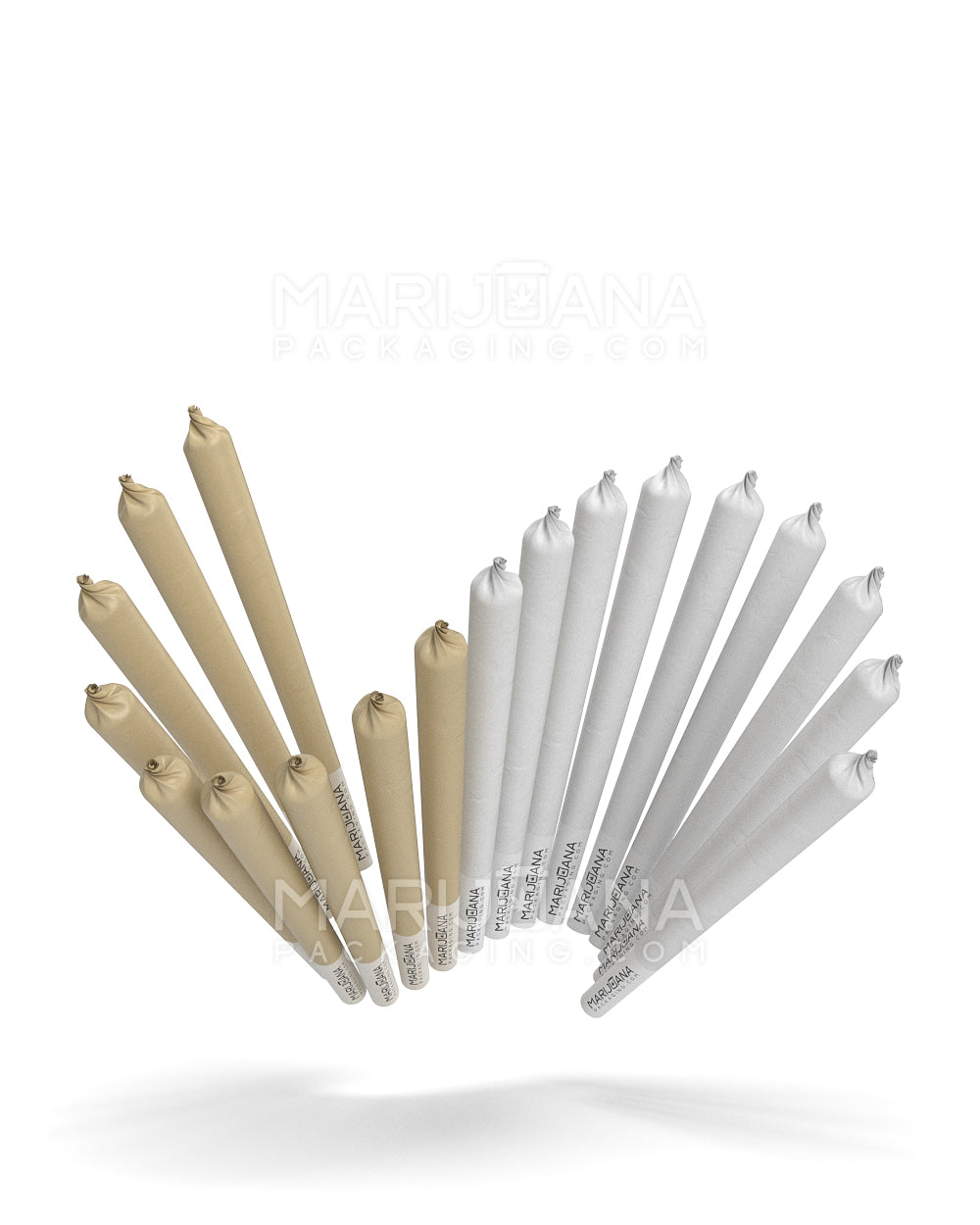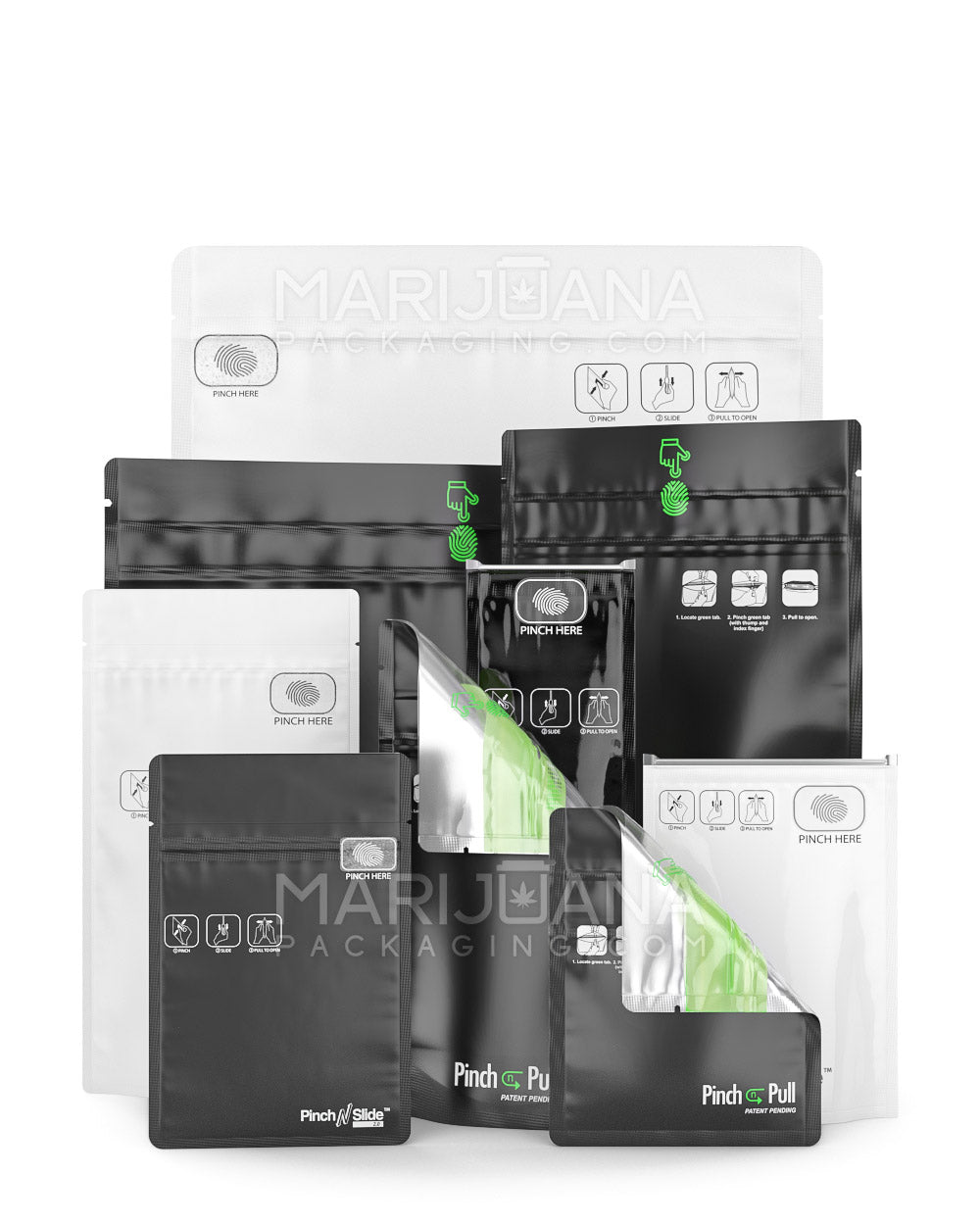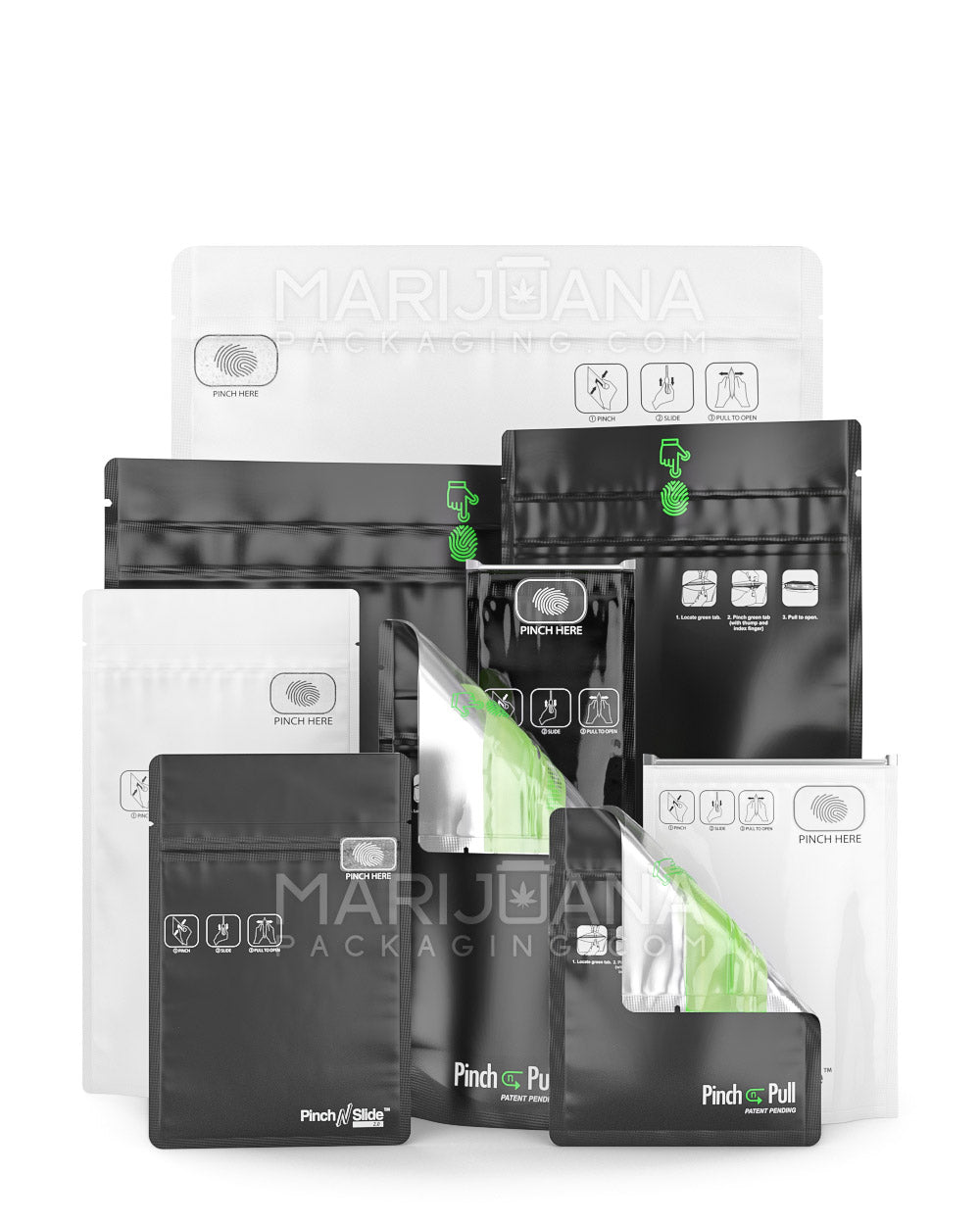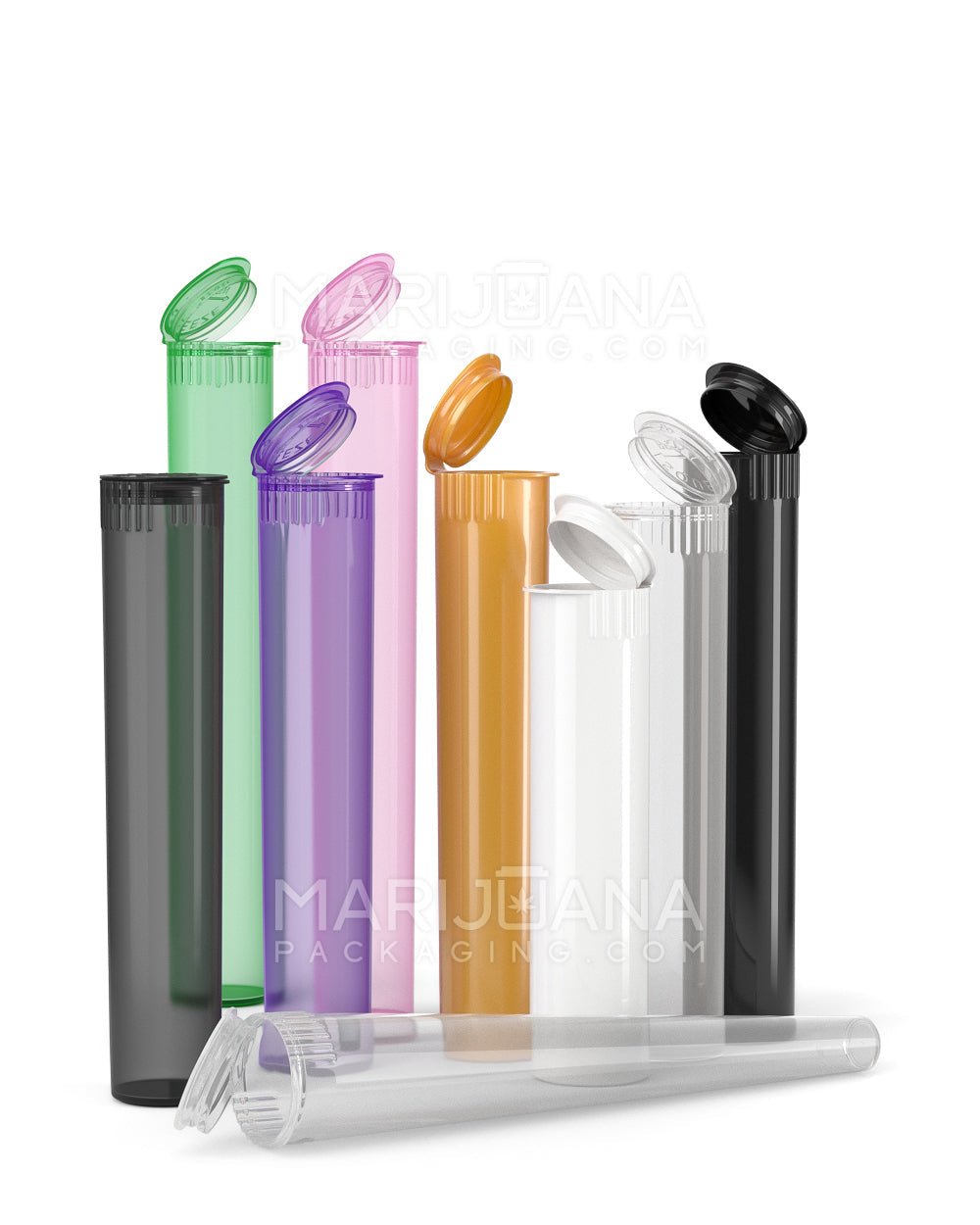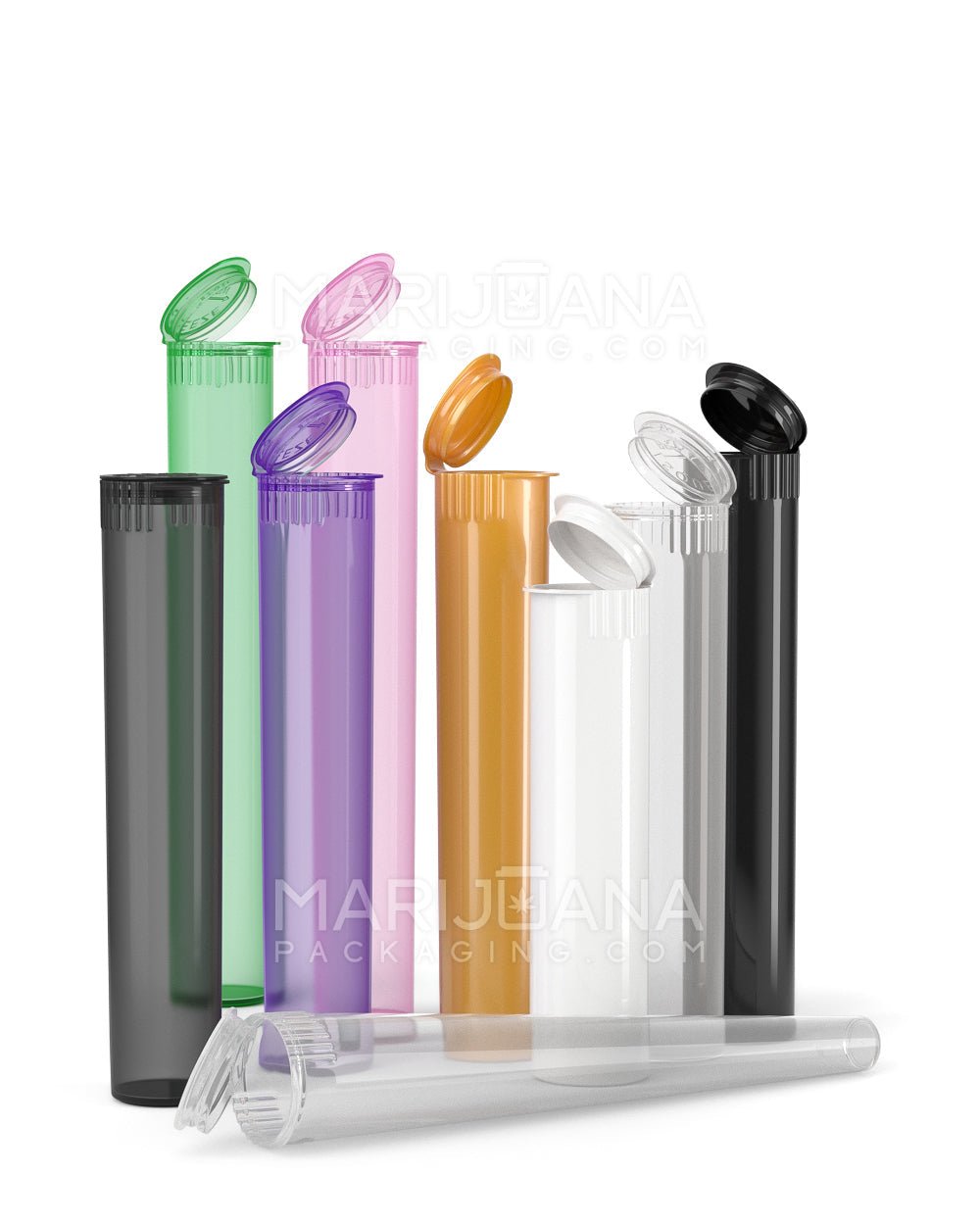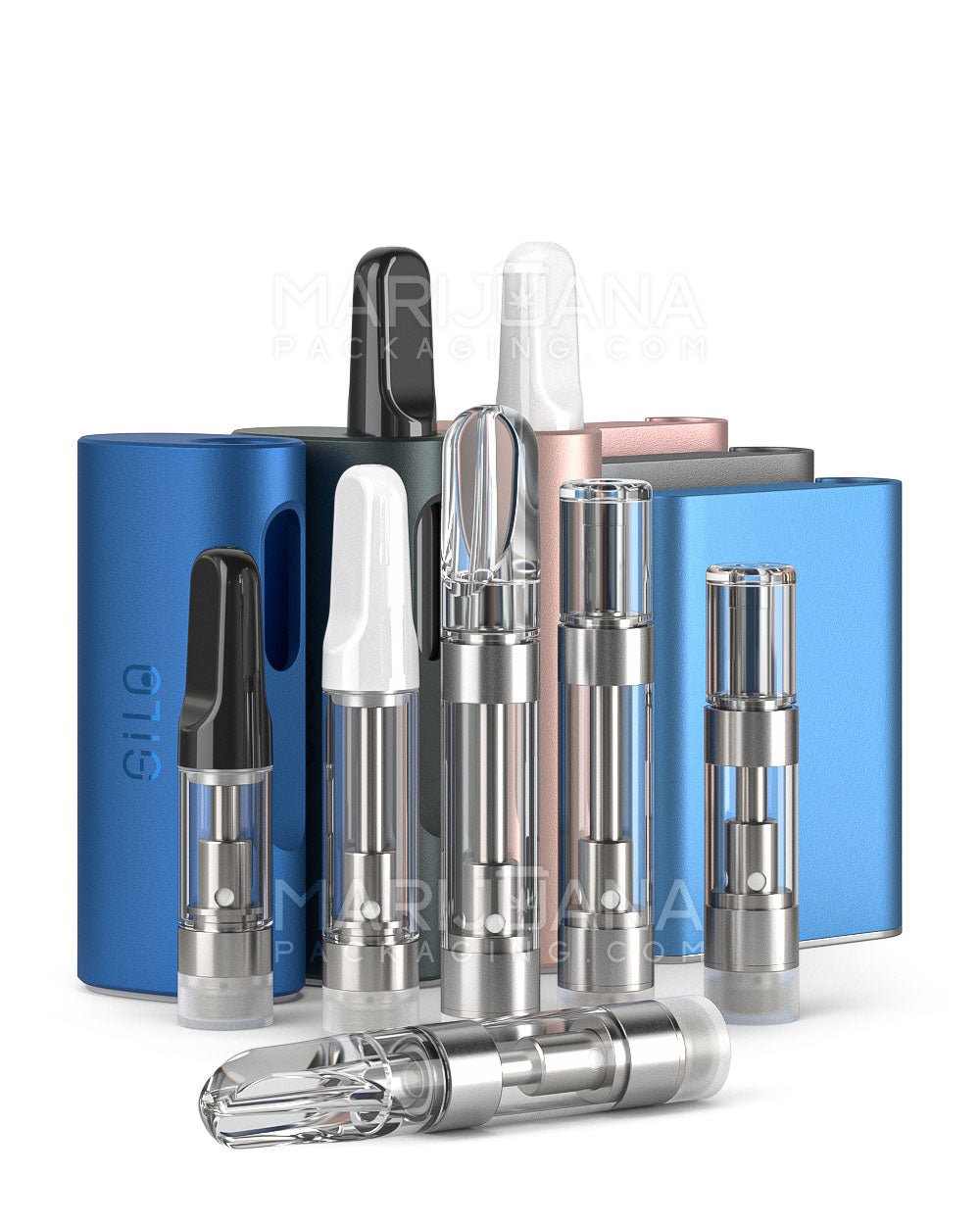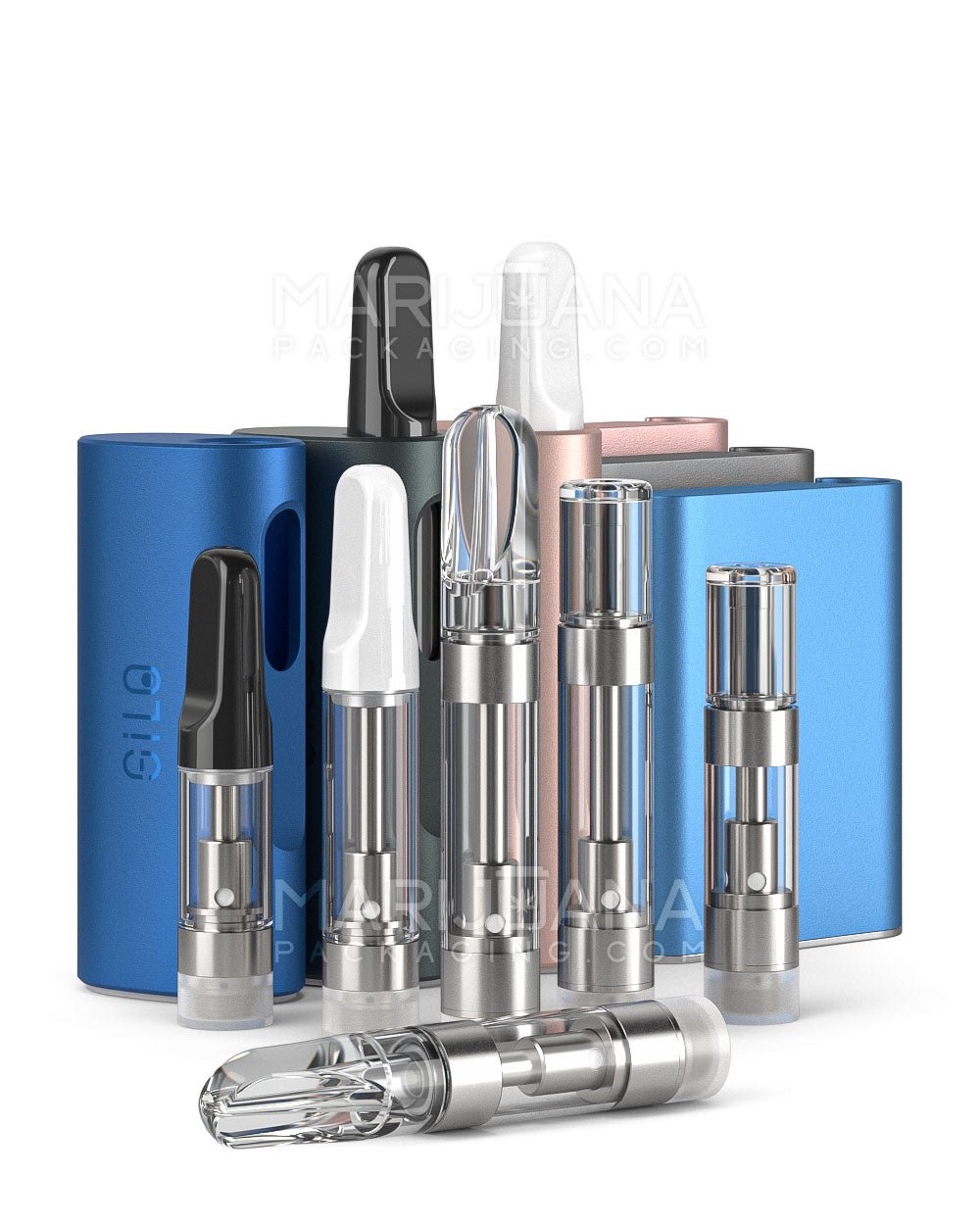Germinating marijuana seeds is like giving your plants the perfect start in life. It's a delicate process where temperature plays a pivotal role. Just like Goldilocks searching for the porridge that's just right, your seeds need the perfect environment to sprout and thrive.
In this article, we'll chat about why temperature matters so much during germination, what the ideal temperature range is, and how you can create the perfect conditions. Ready to give your seeds the best start possible? Let's get into it!
Why Temperature Matters in Seed Germination
Temperature is more than just a number on the thermometer when it comes to germinating marijuana seeds. It's a key factor that influences how quickly and successfully your seeds will sprout. Too hot, and you risk damaging the seeds. Too cold, and they might not germinate at all. Think of it like baking a cake—the right temperature ensures everything turns out just right.
When seeds are exposed to their ideal temperature range, the enzymes inside them become active. These enzymes kickstart the growth process by breaking down stored food, which provides the energy needed for the seed to sprout. If the temperature is off, these enzymes can slow down or stop working altogether, leaving you with seeds that refuse to grow.
Interestingly, temperature doesn't just affect the speed of germination. It can also influence the sex of the plant, its growth rate, and even the quality of the buds it produces. So, getting the temperature right from the start sets the stage for a successful and bountiful harvest.
The Ideal Temperature for Germinating Marijuana Seeds
Now that we understand why temperature is so important, let's talk numbers. The sweet spot for germinating marijuana seeds is typically between 70°F and 85°F (21°C to 29°C). This range provides the warmth needed to awaken those sleepy seeds without overwhelming them.
Within this range, many growers find that around 78°F (25°C) is the magic number. It's warm enough to encourage quick germination but cool enough to prevent any stress on the seeds. If you're using a heat mat or other warming methods, keep a close eye on the temperature to avoid overheating.
Of course, slight variations might be needed depending on the specific strain you're growing. Some strains may prefer slightly cooler or warmer conditions. Don't be afraid to experiment a little to find what works best for your seeds. Just remember, consistency is key, so try to maintain a steady temperature throughout the germination period.
How to Maintain the Ideal Temperature
Achieving the perfect temperature is one thing, but maintaining it is another challenge. Here are some practical tips to help you keep your seeds in their ideal temperature range:
- Use a Heat Mat: These are great for providing consistent warmth. Place it under your seed tray and adjust the settings to maintain the desired temperature.
- Insulate Your Seed Tray: Use a humidity dome or a clear plastic cover to trap warmth and moisture around your seeds.
- Monitor with a Thermometer: A digital thermometer can help you keep track of the temperature. Place the sensor near the seeds for accurate readings.
- Adjust Room Temperature: If possible, keep the room where you're germinating your seeds at a stable temperature. Avoid drafts or direct sunlight that might cause fluctuations.
Keeping the environment stable is crucial. Sudden changes can shock the seeds, delaying or even halting their progress. By monitoring and adjusting as needed, you can give your seeds the cozy conditions they crave.
Common Mistakes in Temperature Management
Even seasoned growers can slip up when it comes to managing temperature. Here are some common mistakes to watch out for:
Overheating: It's easy to think that more warmth means faster germination, but that's not always the case. Overheating can dry out the seeds or even kill them. Stick to the recommended range and avoid cranking up the heat.
Ignoring Temperature Fluctuations: Day and night temperature differences can be more impactful than you might think. Try to keep the environment as stable as possible, even if it means checking the temperature more frequently.
Neglecting Humidity: Temperature and humidity go hand in hand. Too little humidity can make seeds dry out, while too much can lead to mold. Balance both for the happiest seeds.
By being mindful of these pitfalls, you can avoid unnecessary setbacks and keep your seeds on track for healthy growth.
Other Factors Influencing Germination
While temperature is crucial, it's not the only factor that affects germination. Here are a few other elements to keep in mind:
- Light: While seeds don't need light to germinate, some growers swear by using a gentle light source to simulate natural conditions.
- Moisture: Seeds need to stay moist but not soaked. Too much water can drown them, so aim for a damp, not wet, environment.
- Oxygen: Seeds need to breathe, too! Make sure they're not buried too deep or compacted, as this can limit oxygen access.
Balancing these factors along with temperature will help create the perfect nursery for your marijuana seeds. With everything working together, you're setting the stage for a successful germination process.
Signs of Successful Germination
So you've got the temperature just right, but how do you know if your efforts are paying off? Here are some signs that your seeds are successfully germinating:
- Root Emergence: The first sign of germination is usually a small, white root poking out of the seed. This is the taproot and indicates your seed is waking up.
- Seed Shell Splitting: As the root grows, the seed shell will start to split open. This is a great sign that your seed is on its way to becoming a seedling.
- Shoot Development: After the taproot, you'll see the first set of leaves, known as cotyledons, emerge. These are the first leaves your plant will produce.
Seeing these signs is exciting and confirms that your temperature management is effective. Keep caring for your seedlings, and soon enough, you'll have healthy young plants ready for the next stage of growth.
Troubleshooting Germination Issues
If your seeds aren't germinating as expected, don't panic. Here are some common issues and how to address them:
Seeds Not Germinating: Double-check your temperature settings and ensure they're within the ideal range. Also, make sure the seeds aren't too old, as old seeds may have a lower viability rate.
Slow Germination: If germination is taking longer than expected, try gently adjusting the temperature slightly within the recommended range. Some seeds may just need a bit more warmth.
Seedlings Dying After Germination: This might be due to a sudden drop in temperature, overwatering, or insufficient light. Address these factors to give your seedlings a better chance.
Remember, patience is key. Sometimes seeds just need a little extra time or care to get going. By troubleshooting effectively, you can overcome most germination hiccups.
Wrapping Up the Germination Process
Once your seeds have successfully germinated, it's time to think about the next steps. Here's what to consider:
- Transplanting: Once the seedlings have a few sets of true leaves, you can transplant them into a larger pot or directly into the ground.
- Providing Light: Introduce your seedlings to a gentle light source. Gradually increase the intensity as they grow stronger.
- Continued Care: Maintain consistent temperature, humidity, and watering practices to support healthy growth.
By transitioning smoothly from germination to the next growth stages, you set your plants up for a bountiful future. It's all about providing the right care at the right time.
Final Thoughts
Getting the temperature just right for germinating marijuana seeds is a bit like finding the perfect recipe for success. It requires attention, patience, and a bit of trial and error. But once you find that sweet spot, your seeds will reward you with healthy growth and flourishing plants.
Whether you're just starting out or looking to refine your skills, remember that Gamut can help you along the way. With their full spectrum packaging solutions, Gamut offers everything from jars and bags to custom-designed options. They make sure your product not only stands out but is also protected throughout its journey. For all your packaging needs, Gamut's full-scale packaging services have got you covered, ensuring your brand remains unforgettable in the market.
